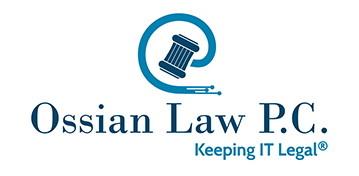Tesla touts its Autopilot as having “advanced safety and convenience features . . . designed to assist you with the most burdensome parts of driving” and enabling “your car to steer, accelerate and brake automatically within its lane.” Tesla also warns that “[c]urrent Autopilot features require active driver supervision and do not make the vehicle autonomous.”
Drivers using Autopilot have been spotted fully asleep at the wheel, including one on the Massachusetts Turnpike this week. The Tesla Autopilot has also been identified as engaged at the time of various crashes, including one in March 2019 in which a Model 3 crashed into a semitruck on a highway in Delray Beach, Florida.
The National Transportation Safety Board has found that the design of the Autopilot contributed to a January 2018 Southern California Tesla crash into a parked fire truck. The Autopilot feature was turned on 14 minutes before the crash but the driver did not steer the vehicle during the last 13 minutes, although the vehicle prompted him to do so at least four times.
© 2019 Ossian Law P.C.
Access articles with more information here and here. Contact us at Ossian Law P. C. regarding any information technology law matter.
